et al.
Nair et al
Nair et al
Couldn't load pickup availability
Ch 2, Fig 2.1: Nair et al.
Introducing the second chapter tees from et al. apparel—Chapter 2, Figure 2.1: "Nair et al." This limited-edition tee combines vibrant aesthetics with cutting-edge scientific research.
Front Design: Our signature "et al." logo embroidered on the front, offering a sleek and sophisticated look that’s perfect for any casual or academic setting.
Back Design: On the back, you'll find a clean and aesthetically striking figure of the immunofluorescent imaging of human stem-cell derived dopaminergic neurons stained for the nucleus (blue) and TUBB3 (red).
Limited Edition: Only 30 prints of this design will be available, making it a highly sought-after item. Secure your piece of academic history with an order today.
Brief Summary of Research: Parkinson's is an umbrella term used to describe the death of dopamine producing neurons leading to a range of motor and non-motor symptoms. Astrocytes are the support cells of the brain and are always attached to the communication cells, neurons. It has been found that during inflammation astrocytes gain the ability to kill dopamine producing neurons, furthering the Parkinson's progression. In our lab we culture midbrain astrocytes and neurons from human stem cells to study their relationship in Parkinson's progression.
Material and Quality: Crafted from 100% premium heavyweight cotton, this tee offers both durability and comfort. The high-quality material ensures that your shirt will stand the test of time while providing a comfortable fit. The shirt is sourced from fairtrade, organic suppliers.
Sizing: Available in sizes XS-XXL to ensure the perfect fit for everyone.
Care Instructions: Machine wash cold, tumble dry low to maintain the integrity and vibrancy of the design. Print colours may run if washed above 30 Celsius.
Join the Community: Be a part of the et al. community. Tag us on social media [@et.al.apparel] and showcase your intellectual style.
Share
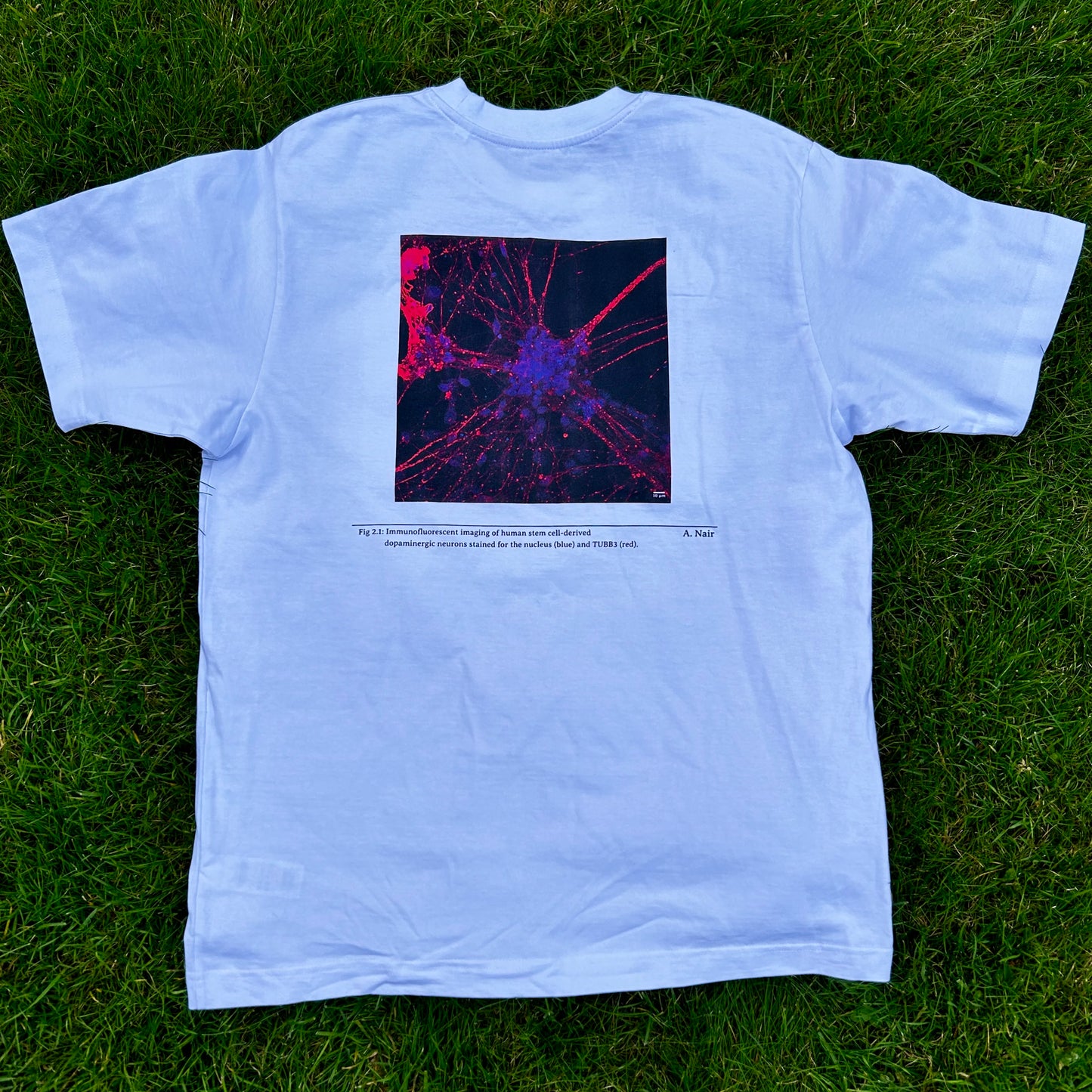
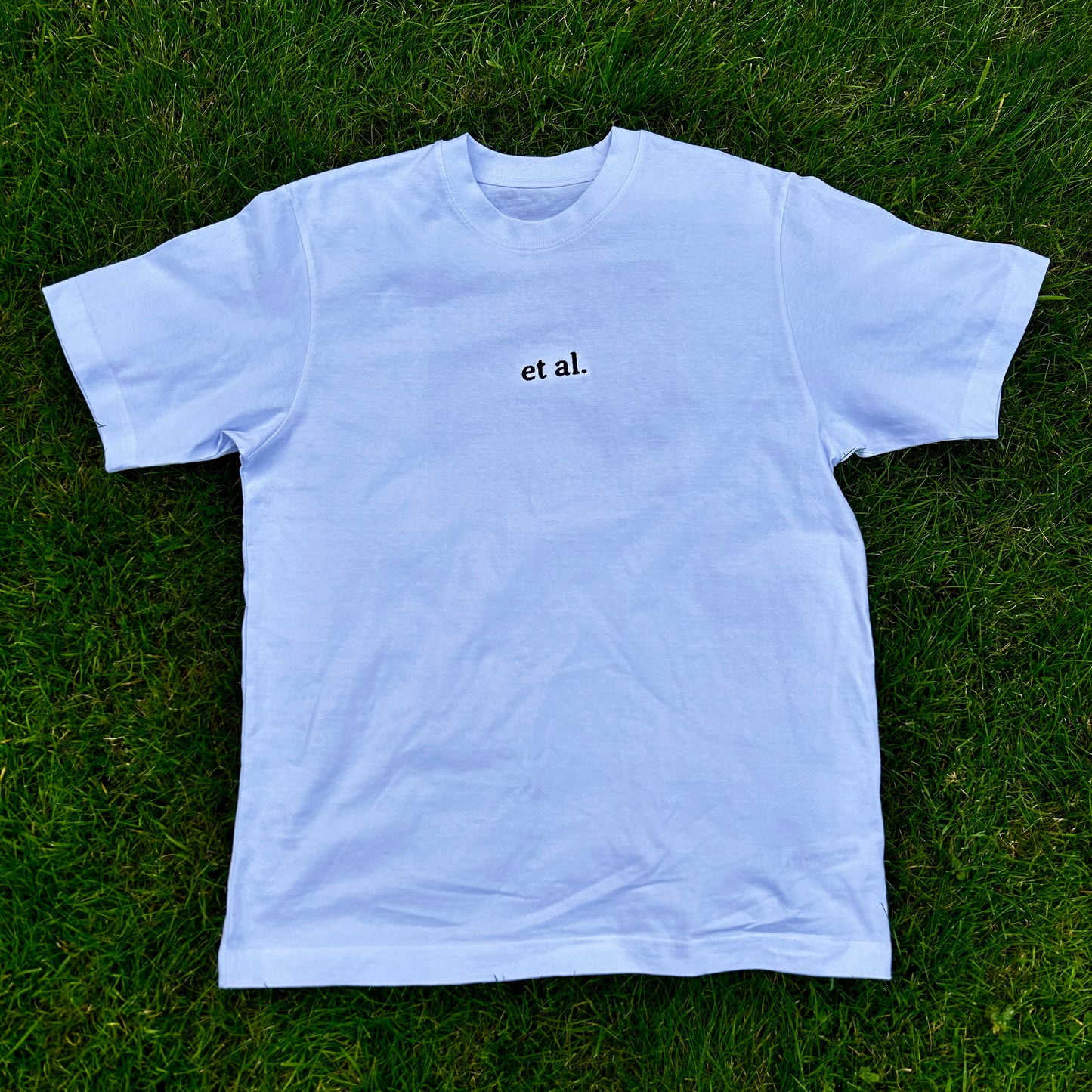
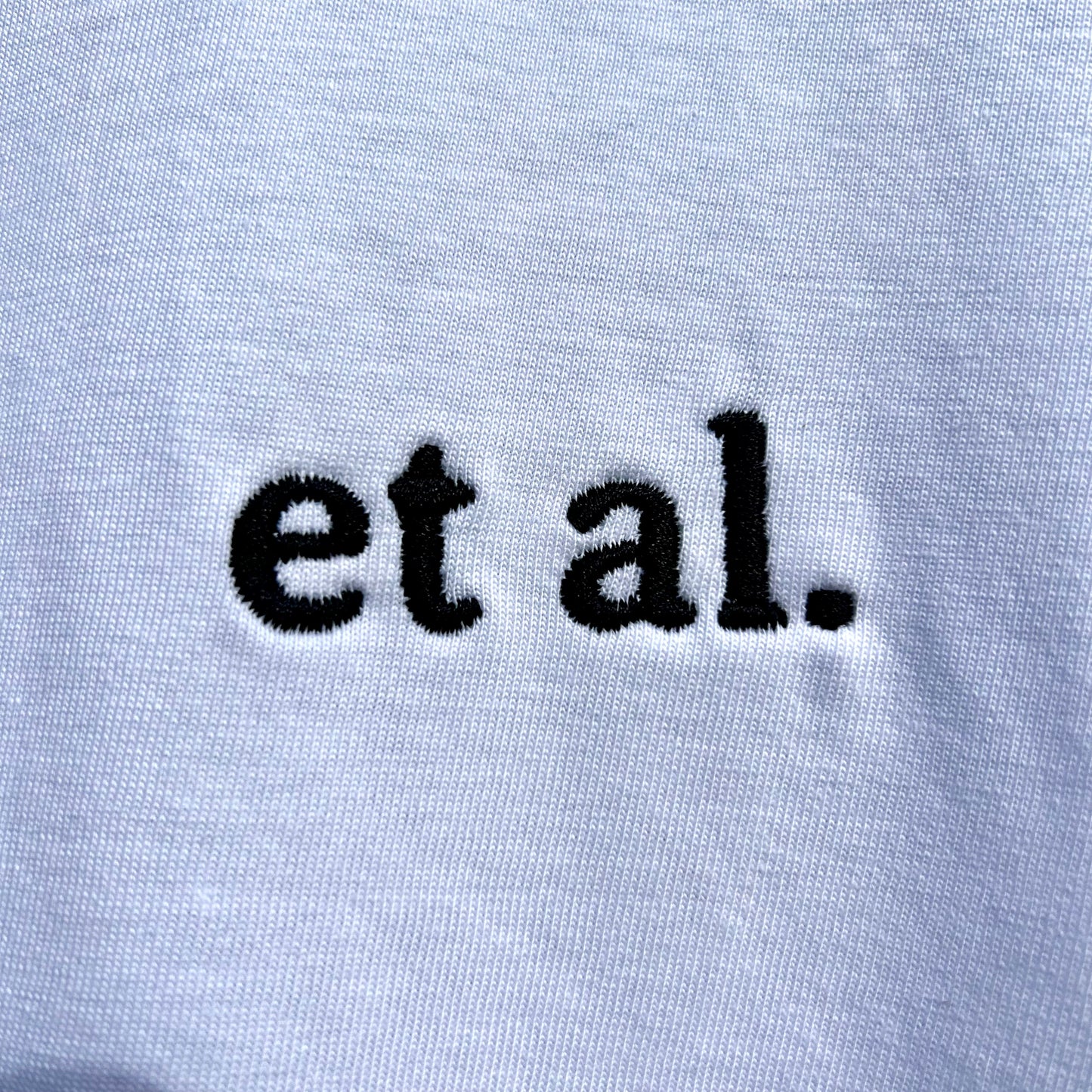
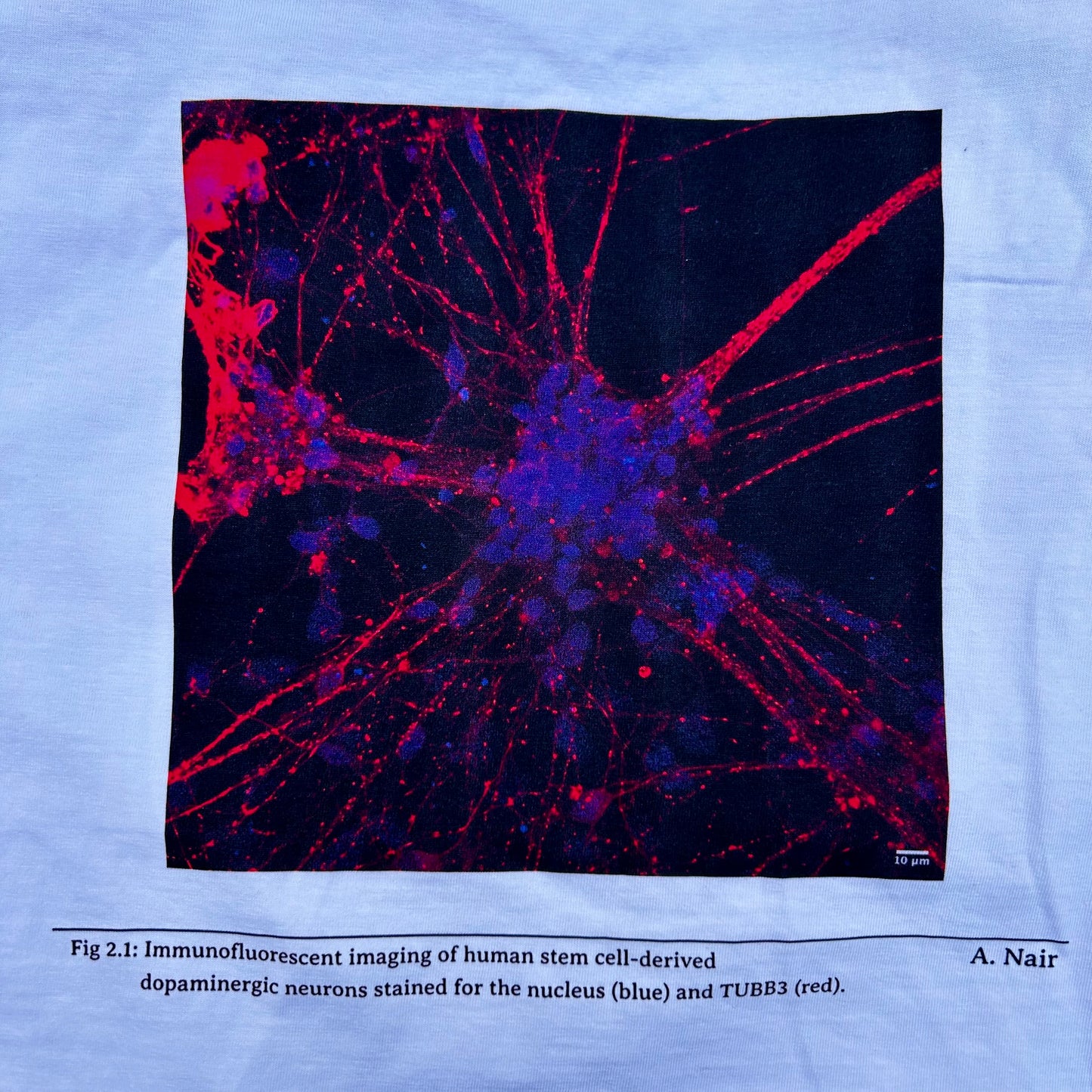
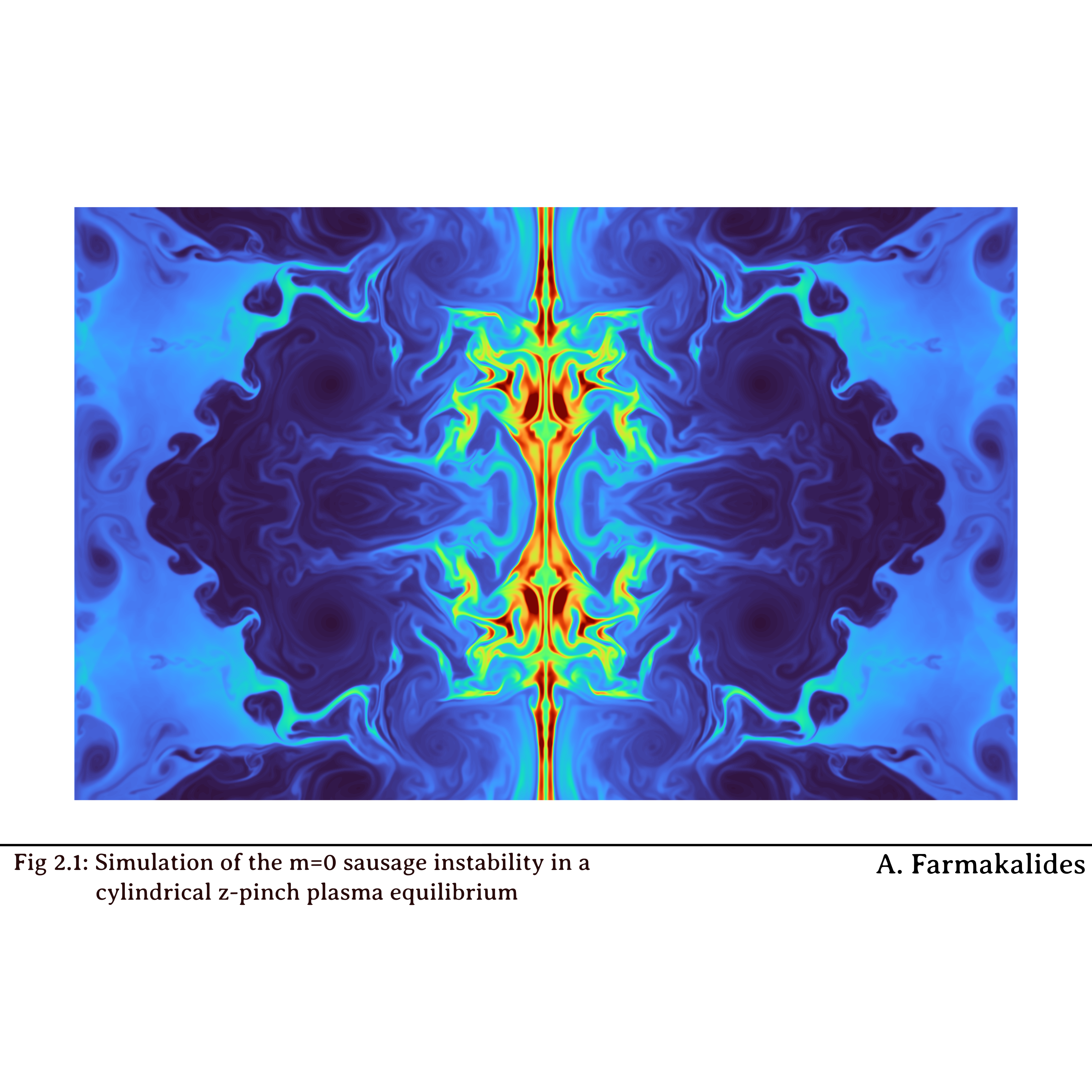
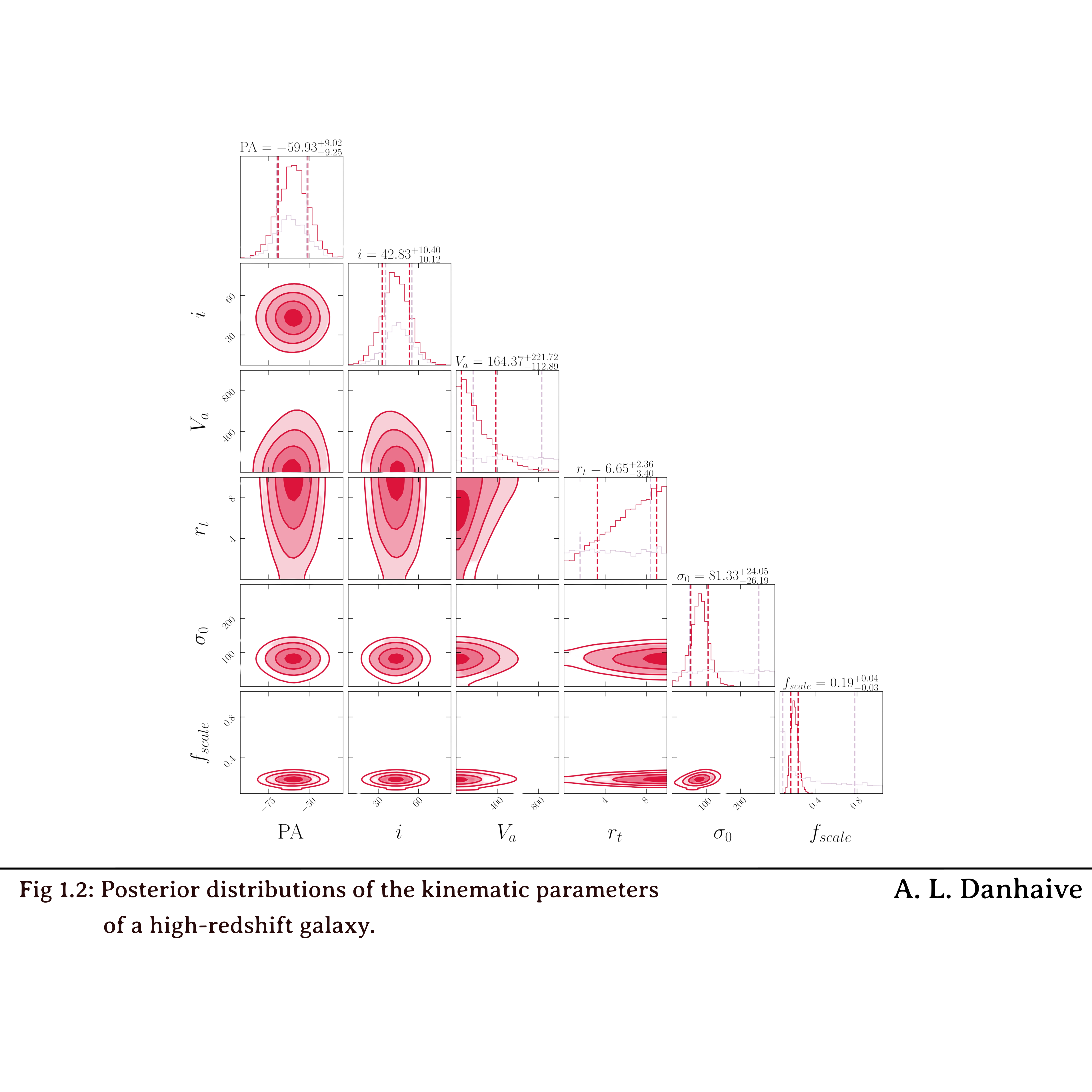
The Science
Are you interested in reading a bit more about the science behind these figures?




